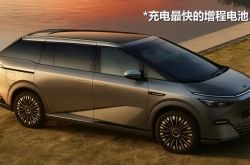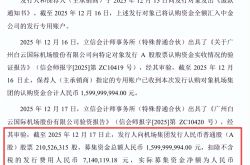["Industry In-depth Research"] Auto Giants Relocate Westward Collectively. Can Chongqing Become "China's Detroit"?
![]() 09/02 2025
09/02 2025
![]() 537
537
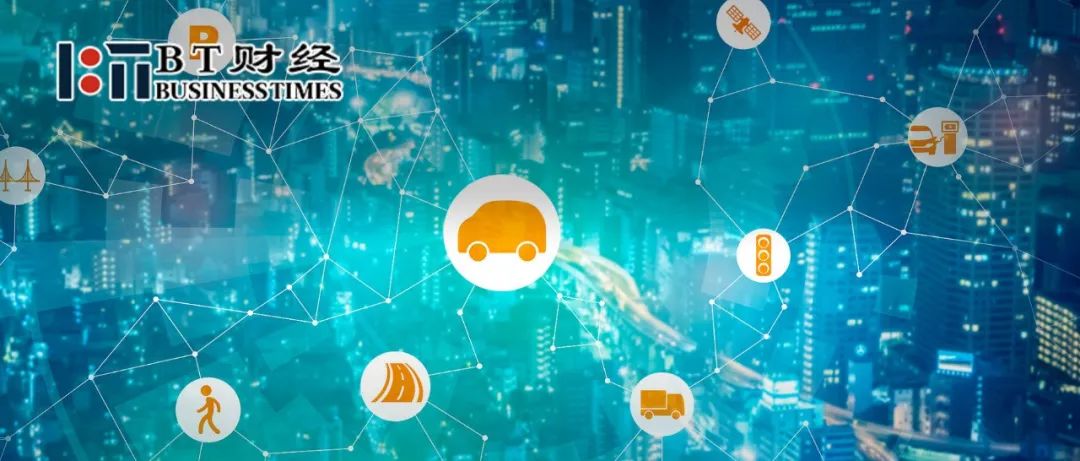
Author | Yuan Fang
Learn More About Financial Information | BT Finance Data Pass
In the summer of 2025, China's automotive landscape subtly shifted.
Recently, news that shook the industry revealed Geely's mass relocation of its 3,000-member ZEEKR intelligent driving team to Chongqing. This transition, completed within just half a month from announcement to full staff deployment, demonstrated remarkable efficiency. Notably, Wang Jun, former president of Huawei's Business Unit, personally took charge of this "thousand-member executive team," signifying that Geely's intelligent layout in Chongqing has entered a critical stage. This move broke the traditional mold where China's auto R&D resources have concentrated in eastern coastal regions like the Yangtze River Delta and Pearl River Delta over the past decade, marking a landmark event in the "westward shift" of auto R&D.
Historically, high-end R&D, innovation incubation, and talent agglomeration within the automotive industry were perceived as belonging to "innovation highlands" like Shanghai, Hangzhou, and Shenzhen. However, Geely's "reverse charge" is not an isolated incident. In recent years, Changan Automobile has continuously increased investment in its Chongqing headquarters, CATL has established a power battery base there, Thalys has collaborated deeply with Huawei to create the popular AITO series, and Chongqing is transforming into a "strategic fulcrum" for the new wave of changes in China's automotive industry at an unprecedented pace.
In the first half of this year, Chongqing's GDP surpassed Guangzhou for the first time, ranking fourth in the country, with the automotive industry significantly contributing. Auto production remained third nationally, and new energy vehicle production increased by 25% year-on-year. Behind these statistics lies Chongqing's steadfast transformation from a "traditional manufacturing base" to a "smart electric hub".
So, what has Chongqing done right? Why has it been able to attract industry giants like Geely to "relocate westward en masse"? Behind this lies a multi-faceted resonance of industrial policies, location advantages, cluster effects, and strategic foresight.
1
From "Automobile and Motorcycle City" to "Smart Car City"?
Chongqing was once a crucial town in China's traditional automotive industry. During the "Third Front Construction" period in the 1960s, military enterprises such as Changan, Jialing, and Jianshe relocated to the mountain city, laying the foundation for its reputation as the "Automobile and Motorcycle City." Entering the 21st century, Changan Automobile surged ahead, driving a vast local parts supporting system. However, with the advent of the new energy vehicle era, the traditional fuel vehicle industry chain faced reconstruction, and Chongqing was once labeled as "slow in transformation".
But Chongqing did not stagnate. It keenly captured the industrial trend of "electrification, intelligence, and networking" and actively promoted industrial structure upgrading. Taking Changan Automobile as an example, its launched new energy brands such as Deep Blue, AITO, and Qiyuan are all researched, developed, and produced in Chongqing, quickly gaining market traction. Especially the AITO series, with in-depth cooperation with Huawei, has become a formidable competitor in the high-end new energy market due to its advanced intelligent driving capabilities. This not only infused the "intelligent" gene into Chongqing but also attracted in-depth layouts from industry chain giants like Huawei and CATL.
Geely's relocation of its 3,000-member intelligent driving team westward this time is precisely because it recognizes the "smart electric ecosystem" that has begun to take shape in Chongqing. Wang Jun, as a key figure in Huawei's Business Unit, taking charge in Chongqing indicates that cooperation between Geely and Huawei in areas like intelligent cockpits, high-level intelligent driving, and vehicle-cloud collaboration will be fully accelerated. Chongqing is no longer merely a "manufacturing base" but is evolving into a "smart electric integrated hub" encompassing research and development, production, testing, and application. This leap from "manufacturing" to "intelligent manufacturing" is the fundamental premise for attracting high-end talents and innovative teams to relocate westward.
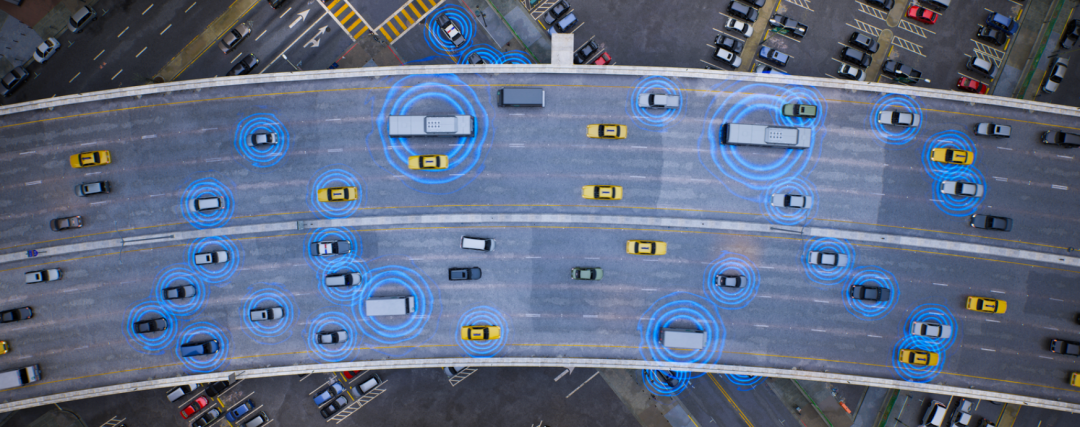
The automotive industry is a typical "chain economy" highly dependent on upstream and downstream coordination. A mature industrial cluster can not only reduce logistics and communication costs but also accelerate technological iteration and product innovation. Chongqing has already built a robust "moat" in this regard.
Firstly, the local area boasts Changan Automobile, a "chain leader" enterprise. As a frontrunner among China's independent brands, Changan is not only vast in scale but also drives over 1,000 local parts suppliers, forming a comprehensive supply chain spanning from the body, chassis, power system to electronics and electricals. This provides a "plug-and-play" industrial environment for new entrants, allowing Geely to swiftly realize product landing without building a supporting system from scratch.
Secondly, the deployment of power battery giant CATL complements the most critical "link" of new energy vehicles. Batteries account for over 40% of the cost of a complete vehicle, and their supply stability and technological advancement directly determine product competitiveness. The power battery bases established by CATL in Fuling, Chongqing, and other locations not only ensure stable supplies for local auto companies but also attract second- and third-tier battery companies such as Hive Energy and Ganfeng Lithium to follow suit, forming a "battery industry cluster".
Furthermore, Huawei's deep involvement has injected the "intelligent soul" into Chongqing. Although Huawei does not manufacture cars, its technological expertise in intelligent driving, intelligent cockpits, automotive chips, and the Internet of Vehicles has become a "technological plug-in" for many auto companies. Chongqing not only hosts a significant number of Huawei's R&D personnel in the field of smart cars but also attracts a myriad of software, algorithm, and data service enterprises surrounding the Huawei ecosystem to gather, forming a unique "Huawei-centric" innovation ecosystem. Geely's team's westward relocation is precisely to gain closer access to this ecosystem and achieve a breakthrough in "software and hardware collaboration".
This "vehicle-battery-intelligence-parts" integrated industrial cluster enables Chongqing to have the advantage of "system integration" in the competition in the era of smart electric vehicles. Enterprises here can not only swiftly find suppliers but also collaborate face-to-face with technological partners, shortening the R&D cycle and enhancing innovation efficiency.
2
The "Bridgehead" for Going Westward to the Sea
If the industrial cluster is "internal skill," then Chongqing's location and logistics advantages are its "external release" weapons. As the only municipality directly under the central government in western China, Chongqing is situated in the upper reaches of the Yangtze River, at the intersection of the Belt and Road Initiative and the Yangtze River Economic Belt, and the operational hub of the New International Land-Sea Trade Corridor in Western China.
In recent years, relying on the China-Europe Train Express (Yuxinou) and the New International Land-Sea Trade Corridor in Western China, Chongqing has constructed a logistics network reaching the world. The China-Europe Train Express directly connects Chongqing with European hubs like Duisburg, Germany, and Lodz, Poland, reducing transportation time by more than half compared to maritime transportation. The New International Land-Sea Trade Corridor in Western China delivers goods to emerging markets such as Southeast Asia, the Middle East, and Africa through railway, road, and maritime multimodal transportation.
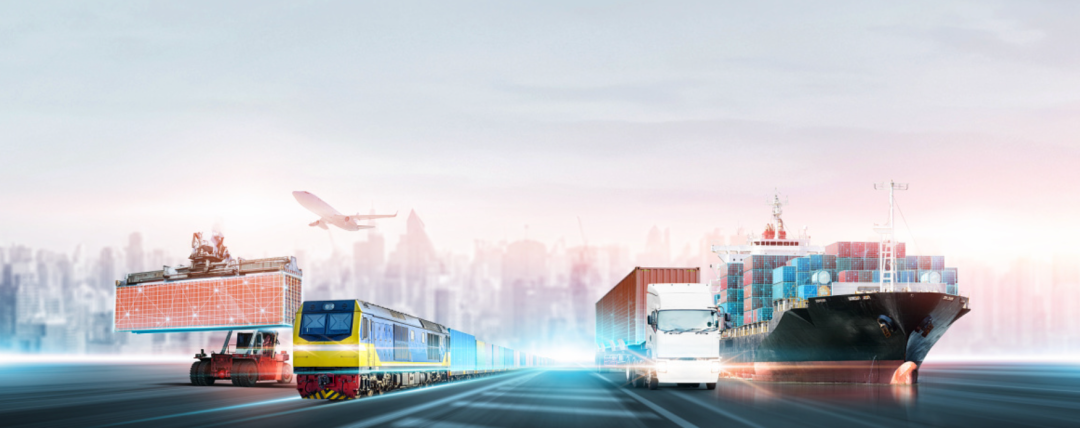
This is significant for the automotive industry. In 2024, Geely exported 236,000 vehicles through Chongqing, setting a new record. These vehicles were not only sold to traditional markets like Russia and the Middle East but also entered South America and Africa through the New International Land-Sea Trade Corridor. Compared to maritime transportation from eastern ports, the China-Europe Train Express and the New International Land-Sea Trade Corridor departing from Chongqing offer advantages in timeliness, cost, and stability, particularly suitable for the export of mid- to high-end models and new energy vehicles.
Additionally, Chongqing boasts the Yangtze River Golden Waterway, which can transport complete vehicles or parts downstream to ports like Shanghai and Ningbo for overseas export, forming a three-dimensional logistics system of "rail-water multimodal transportation." This unique location, "going westward to the sea, borrowing ports to the south, and connecting rivers to the east," makes Chongqing a "bridgehead" connecting western China and global markets. For auto giants aiming at the global market, establishing R&D and production bases in Chongqing means a more efficient global supply chain layout.
3
The "Effectiveness" of Government and the "Efficiency" of Market
Chongqing's rise cannot be dissociated from the forward-looking layout and robust support of the local government. In recent years, Chongqing has issued a series of supporting policies for intelligent and connected new energy vehicles, encompassing research and development subsidies, talent introduction, infrastructure construction, and the opening of test demonstration zones.
For instance, Chongqing Liangjiang New Area, Western Science City, and other locations have established intelligent and connected vehicle test demonstration zones, opening up complex scenarios such as urban roads, highways, and tunnels for enterprises to test. This provides a valuable "test field" for high-level intelligent driving R&D of companies like Geely and Thalys. Simultaneously, Chongqing implements a "one-person, one-policy" introduction policy for high-end talents, providing comprehensive guarantees for housing, children's education, medical care, etc., attracting a plethora of technical talents from Beijing, Shanghai, Guangzhou, and Shenzhen to "move westward".
More importantly, Chongqing demonstrates an efficient and pragmatic style in government-enterprise collaboration. The fact that Geely's team could complete the relocation within half a month is backed by the "green channel" support of the local government in terms of office space, talent apartments, transportation facilities, administrative approval, etc. This "shop assistant"-style service spirit significantly enhances the landing efficiency and operational experience of enterprises.
At the same time, local universities in Chongqing, such as Chongqing University and Southwest University, are also accelerating the construction of disciplines like automotive engineering, artificial intelligence, and electronic information to provide local talents for industrial development. This virtuous cycle of "policy guidance + market drive + talent support" constitutes Chongqing's soft power to continuously attract industrial investment.
From Geely's 3,000-member team's westward relocation to the deep layouts of Huawei, CATL, and Changan, and to the GDP surpassing Guangzhou, Chongqing is reshaping the landscape of China's automotive industry at an astonishing pace. It is no longer merely a "western manufacturing center" but is on its way to becoming a "global smart electric vehicle innovation highland".
In the future, Chongqing is expected to achieve breakthroughs in the following aspects: first, to build "China's Detroit," forming a modern industrial cluster centered on smart electric vehicles; second, relying on the Belt and Road Initiative and the New International Land-Sea Trade Corridor in Western China, to become the primary gateway for China's auto exports "westward and southward"; third, with the technological accumulation of companies like Huawei and Geely, to become the source of cutting-edge technologies such as high-level intelligent driving, vehicle-road coordination, and intelligent transportation.
Of course, challenges persist. For example, compared to the Yangtze River Delta, Chongqing still lags in high-end R&D talent reserves, international exchange convenience, and financial capital activity. How to continuously attract top global talents and capital is the key to Chongqing's next step of development.
However, it is undeniable that Chongqing has proven with practical actions that in the new era of the digital economy and green transformation, geographical location is no longer the sole determining factor for development. Through precise industrial positioning, strong cluster effects, unique logistics advantages, and efficient government services, inland cities can also become the "darlings" of global industrial competition.
Geely's 3,000-member intelligent driving team's westward relocation to Chongqing appears to be a corporate behavior but is actually a microcosm of a profound industrial transformation. It signifies that the innovation focus of China's automotive industry is undergoing a "geographical shift," evolving from the coast to the inland, from single manufacturing to comprehensive innovation, and from following and imitating to leading and breaking through. Chongqing's rise is not just a victory for one city but also a successful practice of China's regional coordinated development and industrial upgrading strategy. As the "Automobile and Motorcycle City" replaces its "smart electric" new engine and the "mountain city" becomes a "city on wheels," Chongqing's story may be the best footnote to China's manufacturing industry moving towards high-quality development. In the future, we may witness the emergence of a "western auto industry belt" with Chongqing as the hub, and this time, China will truly lead the next golden age of the global automotive industry.
This article is an exclusive piece by BT Finance. Unauthorized use, copying, dissemination, or adaptation of this article is strictly prohibited. Legal action will be taken against any infringement.

